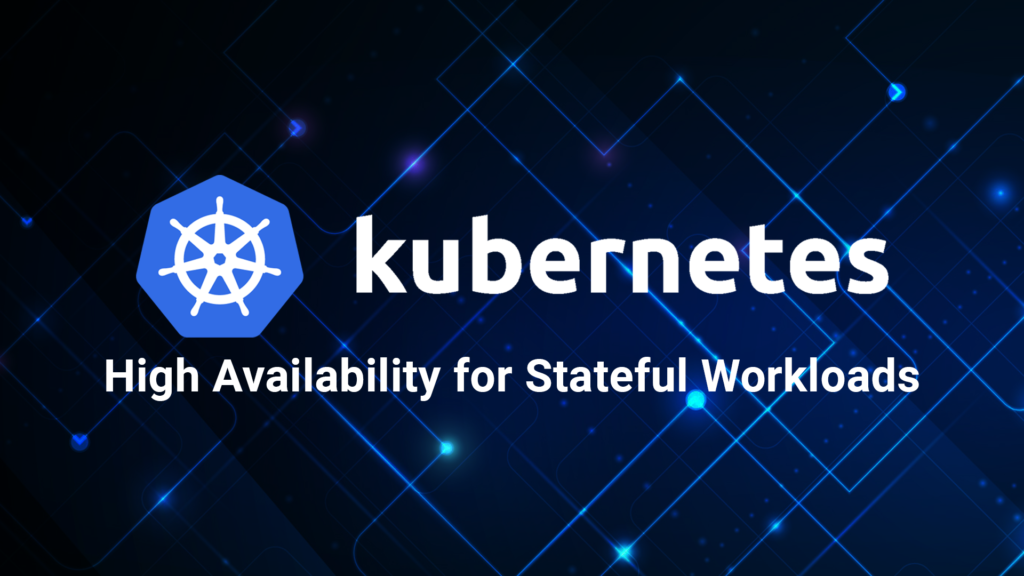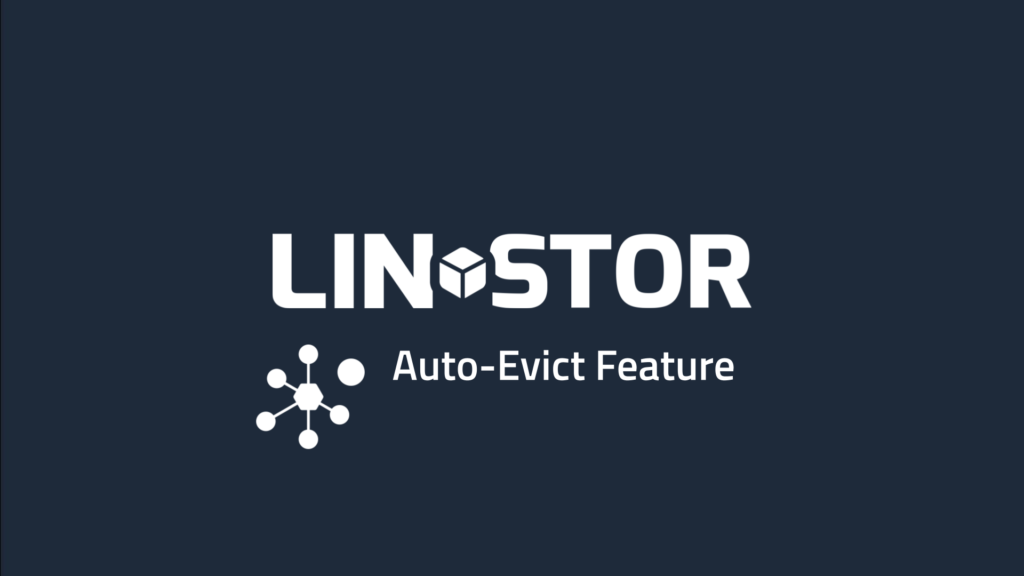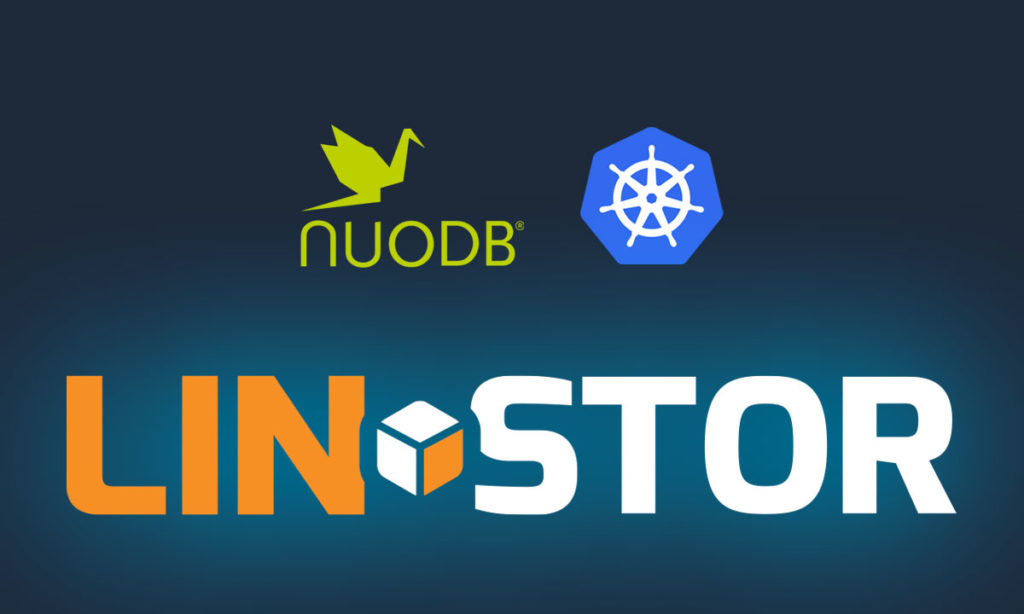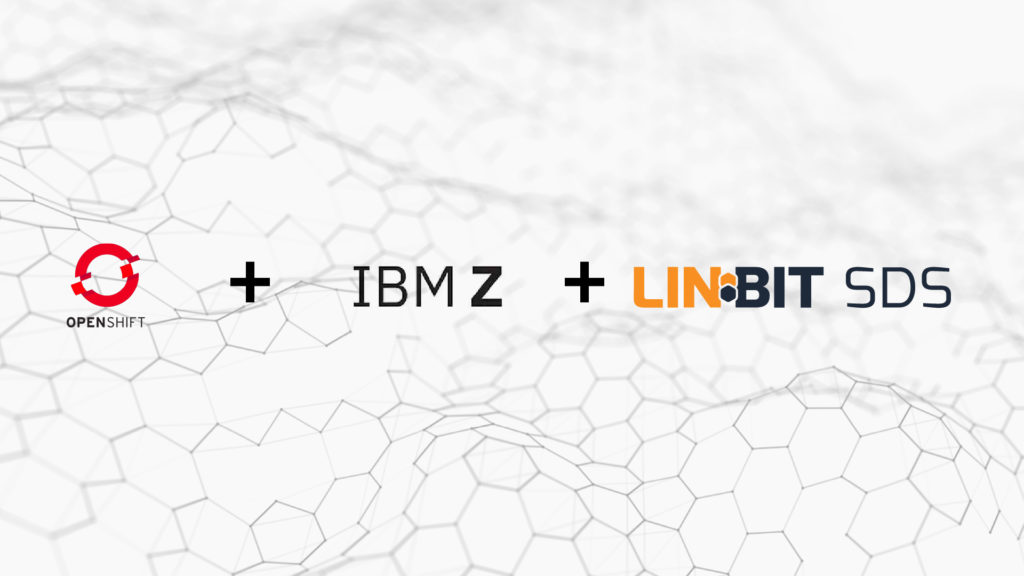Kubernetes High Availability for Stateful Workloads

LINBIT® is a company with deep roots in Linux High Availability (HA). Because of this, LINBIT has some opinions on what HA is, and how it can be achieved. Kubernetes’ approach to HA generally involves sprawling many replicas of an application across many cluster nodes, therefore making it less impactful when a single node or application […]
AWS Marketplace Listing for LINSTOR, DRBD, & DRBD Reactor

It has never been easier to use LINBIT®’s suite of storage and high availability (HA) tools in AWS. LINBIT recently added a free to use AMI listing to the AWS Marketplace based on the latest Ubuntu LTS release with LINBIT’s Ubuntu Personal Package Archive (PPA) preconfigured and LINBIT’s packages preinstalled. What’s in the Box? Out […]
Deploying LINSTOR by Using a Juju Charm for Production-Ready Kubernetes Storage

This blog is a walk-through tutorial on how to deploy LINSTOR®, by using a LINBIT® authored Juju charm, into a MicroK8s environment. You can use LINSTOR as a full-featured and production-ready replacement for MicroK8s’s “hostpath” storage. Defining Terms LINSTOR is an open source software-defined storage (SDS) management solution developed by LINBIT. LINBIT also develops DRBD®, […]
Creating a Self-healing Cluster Using LINSTOR’s Auto-evict Feature

When it’s time for the satellite to leave the cluster, the controller takes action! LINBIT® introduced LINSTOR®’s auto-evict feature starting with LINSTOR version 1.10. In simple words, the feature evicts one of the satellite nodes from the cluster. But the possibilities that the feature opens up for you, including creating a self-healing cluster, are more […]
NuoDB in EKS with LINSTOR for Persistent Storage

In the summer of 2019 LINBIT® and NuoDB collaborated on some testing to see how well the two performed together in Google Cloud Platform (GCP). The original blog can still be read here if you’re curious what was written. Spoiler: NuoDB and LINSTOR® performed very well together, with LINSTOR’s synchronous replication between zones adding negligible overhead to […]
Comparing LINSTOR, Ceph, Mayastor, & Vitastor Storage Performance in Kubernetes

This is a guest post by Andrei Kvapil, Solutions Architect at Flant.
OpenShift on IBM Z with LINBIT SDS

High-performance software-defined storage with full OpenShift integration, available on IBM Z OpenShift is RedHat’s enriched version of Kubernetes. An important building block for modern cloud applications. IBM’s Z platform is well known for its track record of being the hardware platform of choice for business critical applications for decades. The LinuxONE platform is optimized for […]
Tutorial: How to Integrate MinIO with LINSTOR to Distribute Data on Kubernetes

While LINSTOR® is on the way to becoming an industry standard as software defined block storage. MinIO stands out as the number one product in the object storage world. LINBIT® has been working on an integration with MinIO for a long time and has infrastructures that can be used safely in business solutions. The biggest […]
Kubernetes Operator: LINSTOR’s Little Helper

Before we describe what our LINSTOR® Operator does, it is a good idea to discuss what a Kubernetes Operator actually is. If you are already familiar with Kubernetes Operators, feel free to skip the introduction. Introduction CoreOS describes Operators like this: An Operator is a method of packaging, deploying and managing a Kubernetes application. A […]
Key/Value Store in LINSTOR

Recently we introduced a Key/Value store in LINSTOR® and exposed it in a developer-friendly way in the Python API (python-linstor). The first question is why would one want such a Key/Value store in LINSTOR when there are many high performance implementations such as etcd. The request for a K/V store was mainly driven by LINSTOR […]